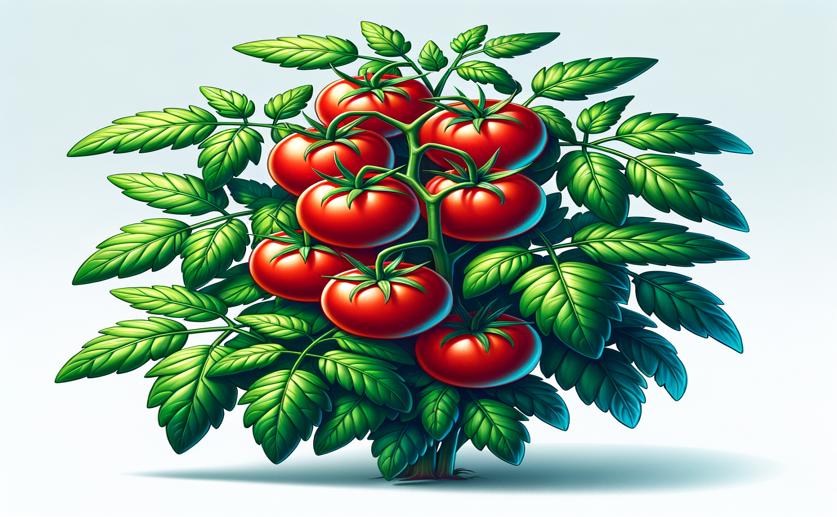
How Flowering Is Boosted in Tomatoes by a Specific Plant Hormone Interaction
Jenn Hoskins
6th May, 2024

Image Source: Natural Science News, 2024
Key Findings
- In a study at Turin University, higher strigolactone levels in tomatoes led to earlier, more abundant flowering
- Strigolactones increase the activity of a gene crucial for flowering, enhancing the plant's transition to the reproductive stage
- The study suggests that controlling strigolactone levels could help farmers manage crop flowering times and yields
References
Main Study
1) Strigolactones promote flowering by inducing the miR319-LA-SFT module in tomato.
Published 7th May, 2024 (future Journal edition)
https://doi.org/10.1073/pnas.2316371121
Related Studies
2) The flowering gene SINGLE FLOWER TRUSS drives heterosis for yield in tomato.
3) The control of flowering time by environmental factors.



 2nd May, 2024 | Jim Crocker
2nd May, 2024 | Jim Crocker